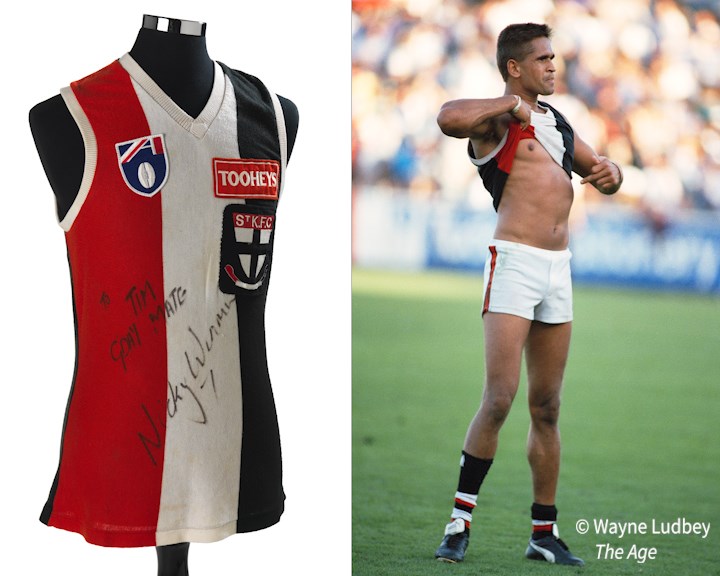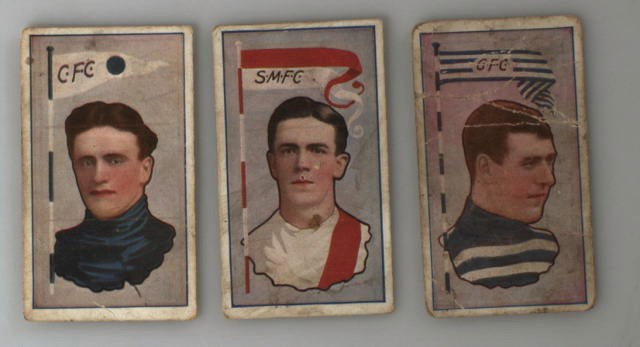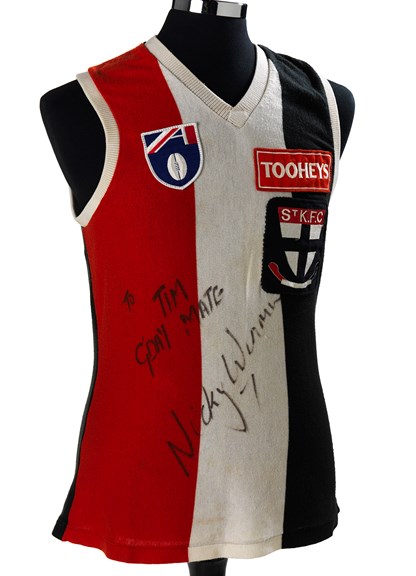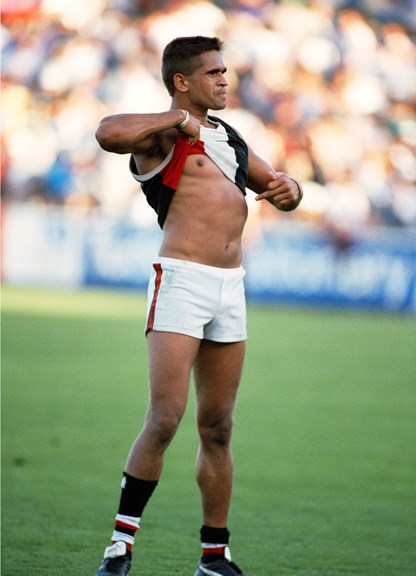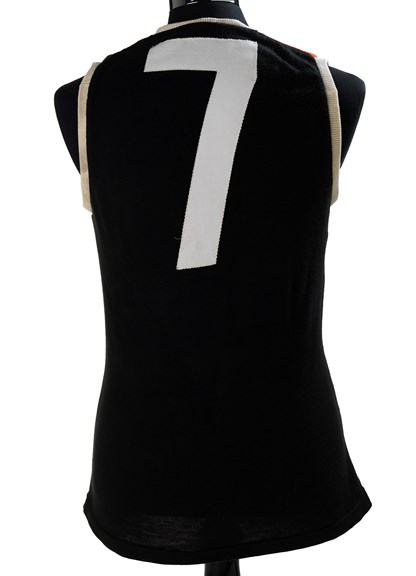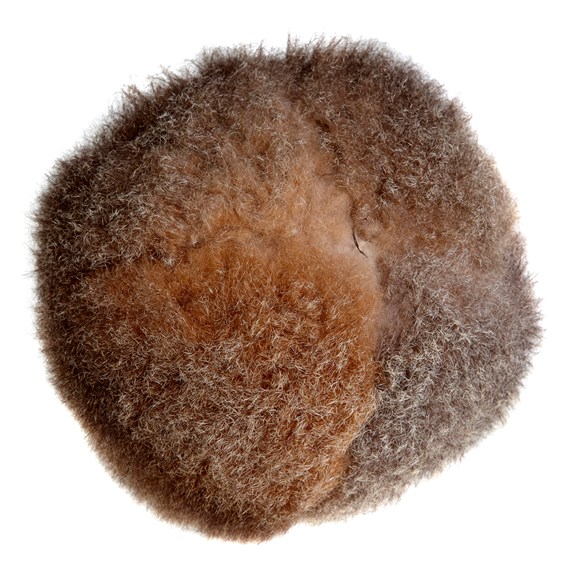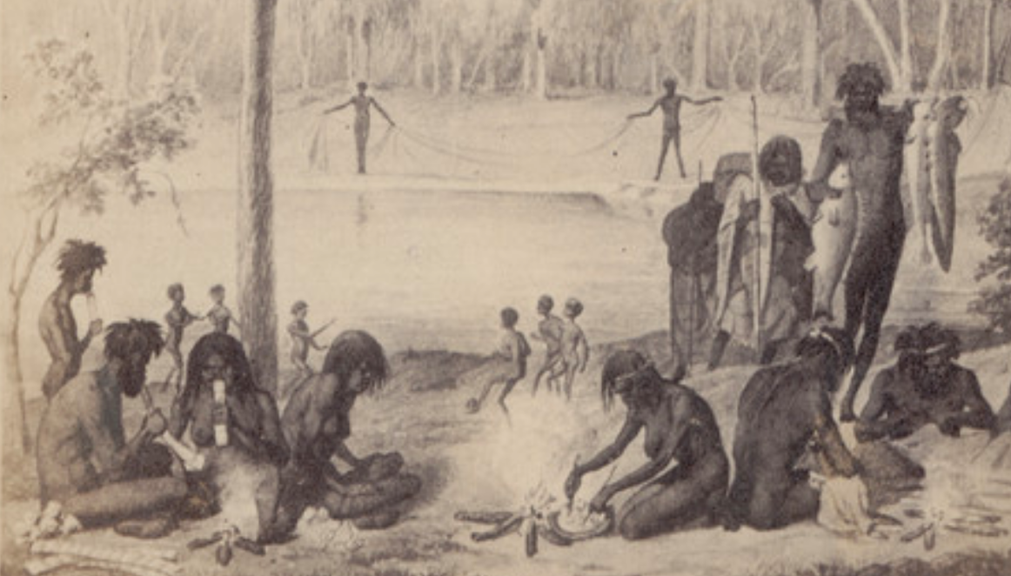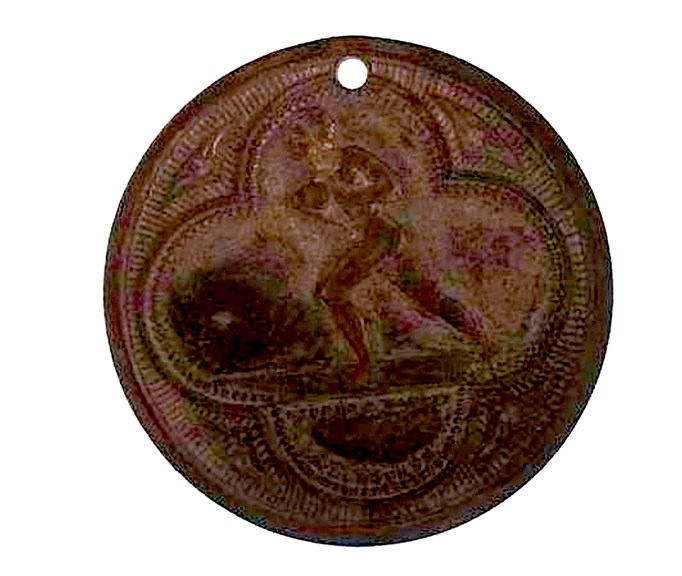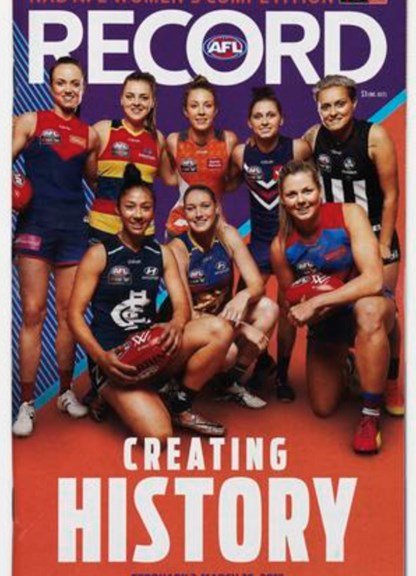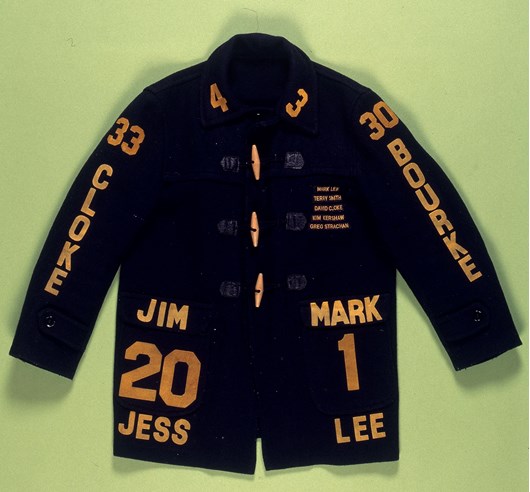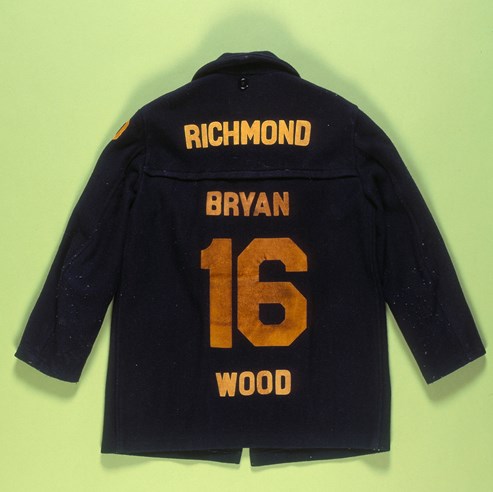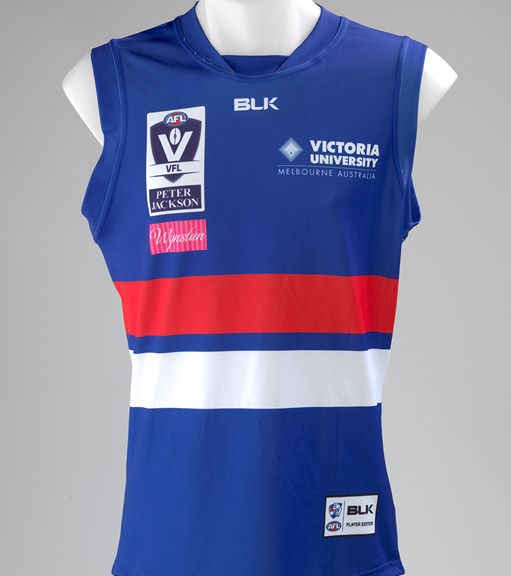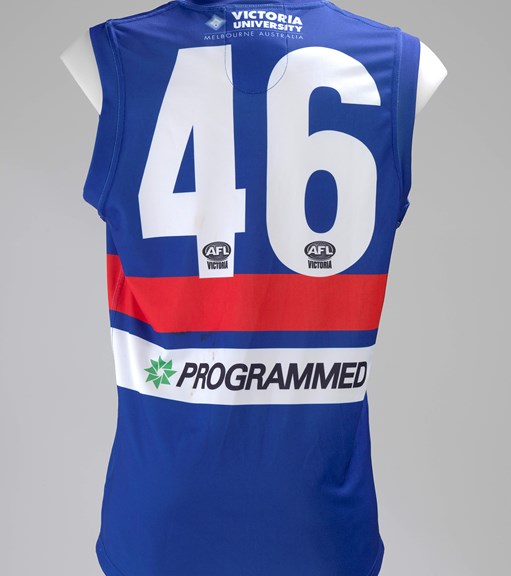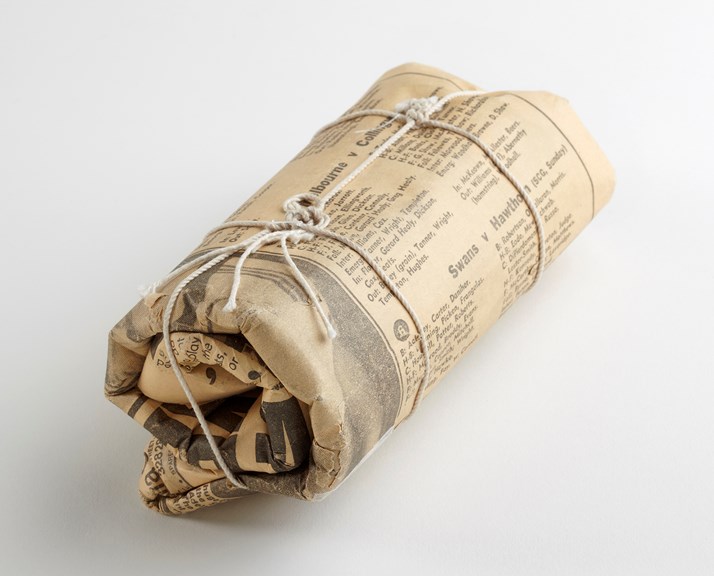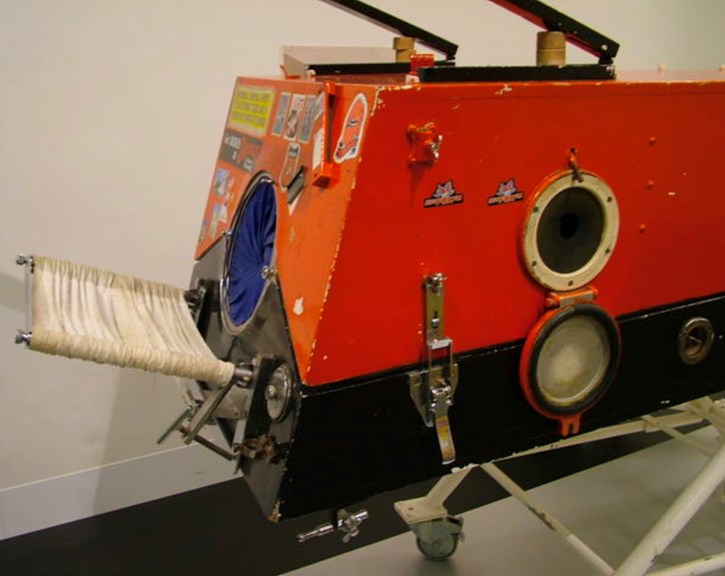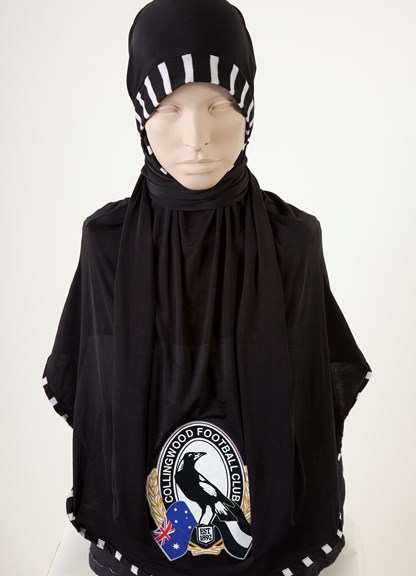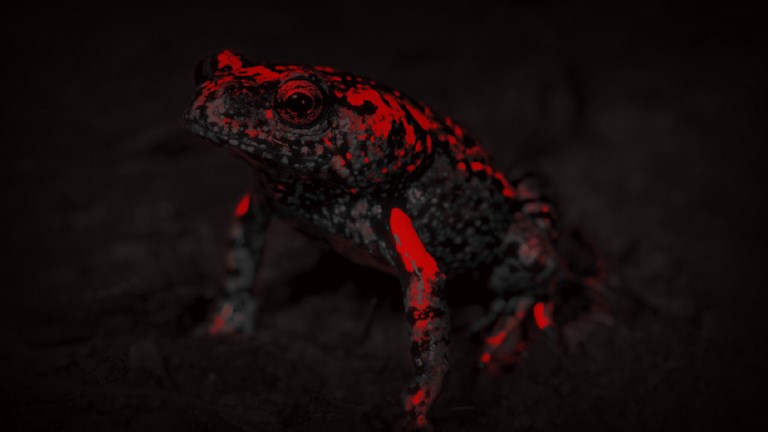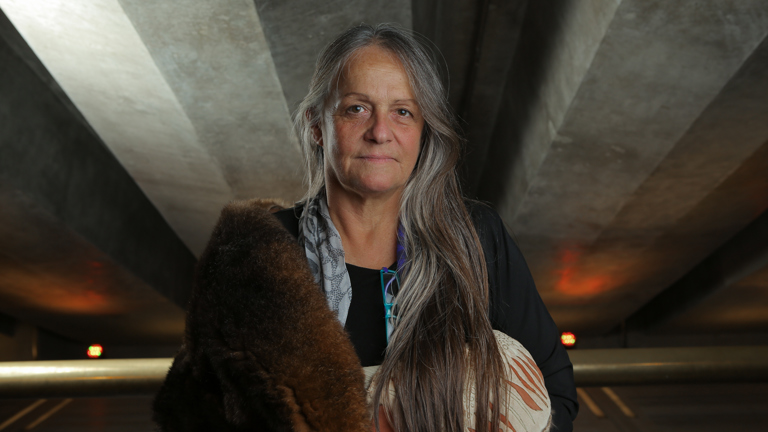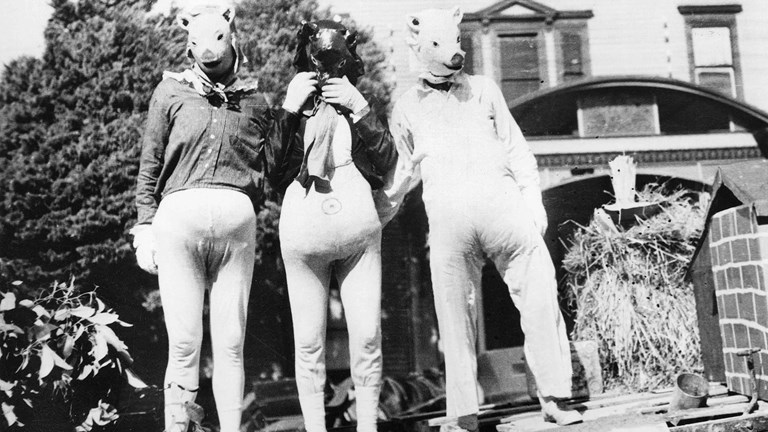10 treasures of Aussie Rules
2020 is a footy season like no other. But history has always left its mark on the game—and the game made history.
It will go down in history as a year in sport like no other.
No code was immune to the COVID-19 pandemic that swept the globe in 2020.
But sport has always captured moments in history, from the Diggers’ cricket match at Shell Green, Gallipoli, in 1915 to the black power salutes of the ‘68 Olympics.
In doing so, sport holds a mirror to society. Through sport, we admire the heights of individual prowess and revel in the depths of the collective bonds that unite us. Through sport too, run the dark undercurrents that divide us.
Melbourne is Australia’s preeminent city of sport and no code has a relationship with the city quite like Australian Rules Football. Here the game was conceived, from here today’s professional league emerged and here is held its great annual tradition: the AFL Grand Final, aka, ‘the granny’.
No code captures the story of Melbourne quite like Aussie Rules. So over the decades, Museums Victoria has acquired items that best tell that story.
You can explore our vast collection of Aussie Rules related paraphernalia, from trading cards to a knitting guide for footy fans, via our collections online.
But here’s 10 of those treasures of Aussie Rules to get you started.
A symbol of resistance
It is, perhaps, the most iconic photograph in the history of the game.
17 April 1993, Victoria Park. St Kilda champion Nicky Winmar responds to the torrent of racial abuse hurled at him and teammate Gilbert McAdam by Collingwood supporters.
Winmar stares down the Black and White army, lifts his guernsey, points at his skin and says: 'I'm black and I'm proud'. Then he blows the Collingwood fans a kiss and embraces McAdam.
In 2012, the number 7 guernsey Winmar wore on that day became the museum’s most prized footy treasure.
Museums Victoria south eastern Aboriginal collections senior curator Kimberley Moulton says it is an item loaded with meaning.
‘That football jumper represents Aboriginal excellence in sport but, more importantly, it represents a moment in time where racism was called out,’ Kimberley says.
‘To us, that top symbolises resistance.’Kimberley Moulton
Kimberley, a Yorta Yorta woman, says the moment was the catalyst for a conversation which continues to this day.
‘I don't think racism does not exist in the sport anymore, it absolutely does and we still see it every year,’ she says.
‘But it was a really big moment in Aboriginal rights and in addressing racism.’
For Dr Moya McFadzean, MV's migration and cultural diversity senior curator, the acquisition was personal for an entirely different reason.
A lifelong Collingwood diehard, she vividly remembers that day and others like it during a period of particularly overt racism.
'It actually made me walk away from footy for quite some time,' Moya says.
'I couldn't reconcile my love of the game with that atrocious behaviour.'
'So to have been able to be a part of the acquisition of that jumper and everything it represents was really special for me.'
'It felt like a bit of redemption, as a Collingwood supporter.'Dr Moya McFadzean
Read more about the Winmar guernsey here.
An echo of the game’s timeless past
First Nations Australians like Nicky Winmar have left an indelible legacy on the modern game.
But the connection between First Peoples and football predates Aussie Rules and stretches deep into the timeless past.
A sketch from 1857 expedition of the Murray and Darling rivers by Museums Victoria first zoologist, William Blandowski shows First Nations children playing a game of football.
Legend has it that the traditional game of Marn Grook inspired the founding father of Aussie Rules, Tom Wills.
The art of making Marn Grook footballs from possum skins lives on, and the museum is the custodian of several Marn Grook footies made in the modern era.
A relic from the founding days
The story of Wills’ early days are shrouded in myth.
But there's no doubt Wills would be a pivotal figure in the birth of Aussie Rules and the foundation of the Melbourne Football Club in the late 1850s.
Some claim this grand lineage makes the team now known as the Demons the oldest professional football club in the world.
It certainly meant that, by 1866 when they travelled to Tasmania in search of inter-colonial glory, they were already a well established team.
Unfortunately for that touring side, a grand history did not equate to success on the field—a story painfully familiar for modern Dees fans. They did bring back this medallion though.
Read more about that medallion here.
A Record to remember
Football continues to make history, even as it honours age-old traditions.
Kids selling the Footy Records to punters streaming into stadiums is as much a part of the ritual of going to the game as downing a meat pie at half-time and kick-to-kick after the final siren.
But on 3 February 2017 at Princes Park, there was a striking difference to Record's front cover—for the first time, it featured women.
This was the innagural game of the AFLW, between the Collingwood Magpies and Carlton Blues, a game so popular it resulted in a lock-out.
'It was really a watershed moment,' Moya says.
For Moya and the more than 24,000 people who did manage to cram into the stadium, it was an emotionally-charged day to remember. The Blues downed the Pies, 46 to 11, but the day was bigger than one game of footy.
'I actually sang the Carlton football song—cut my tongue out— but it was so emotional that you just embraced the whole thing,' Moya says.
See more AFLW items here.
The magic of the crowd
If round one of the 2020 footy season made one thing clear, it is the pivotal role of fans to the game.
During the 1980s, a common way for fans to both announce who they barracked for and keep warm was the customised duffle coat.
'A lot of mums were enlisted into sewing on those numbers and those names,’ Moya recalls.
‘You'd attach badges and streamers—these coats would take on a life of their own.'
This particular Norwellan Bluey Junior is adorned with names from Richmond’s premiership-winning 1980 side.
Unfortunately for young Tigers like the owner of this jacket, there would be scant chance to stitch more premiership winning names for some time after. The Tigs would not win another flag until 2017.
Read more about that coat here.
A fairy tale top
Few modern footy finals were as fairy tale as 2016.
The long-suffering Bulldogs—aka everyone’s second team—came from 7th on the ladder to win their first flag in 62 years.
But the Doggies won another flag that year when their VFL team took out the state title.
Lin Jong's AFL premiership dreams were cruelled when he broke his collar bone in the first game of the finals series. But not only did he return for the reserves' final, he won best on ground.
Jong, though, is more than just a star player. The first person of Taiwanese and East Timorese descent to play professional Aussie Rules, he is an ambassador for diversity in the game, and the museum holds a collection of items that reflect his journey through life and footy.
See more of those items here.
A football of dreams
For many talented athletes, football has offered a ticket out of poverty.
But for many more, it has inspired them to overcome a lack of resources.
During the Great Depression, kids who could not afford a leather footy improvised with paper and string.
The practice continued until at least the 1980s in some places, as witnessed by this footy made in a Carlton primary school.
Read more about it here.
A matter of life and death
Footy is not a matter of life and death. It is far more important than that.
Or at least, that appears to be the sentiment of the patient to whom this iron lung respirator belonged.
It was built at Fairfield Infectious Diseases Hospital around 1950 and decorated in Essendon colours by the patient who called it home.
It is a poignant reminder of another time in recent history that Australia felt the scourge of an epidemic.
Read more about it here.
Carving out a home
Ernesto Angerame didn’t want to leave Italy for Australia as a young man. Then WWII broke out and he was conscripted to cut wood for the war effort.
But after a rocky start to his Australian life, Ernesto would go on to found the Sportsmen's Saloon in Lygon Street, Carlton.
The place would become an institution and Ernesto the official barber of the Carlton Football Club for decades.
The Blues have a proud tradition of Italian-Australian champions. But the game would help many other Italian migrants, like Ernesto, find a place in their new home.
Read more about Ernesto here.
Covered in glory
The game and culture of footy continues to evolve and reflect the changing story of Melbourne.
This Collingwood hijab was made in 2010 by South African born, Muslim woman Shanaaz Copeland.
Moya says that Aussie Rules' intimate relationship with Melbourne has long proved a means for migrants to embrace the culture of their new home.
'Footy forms a big part of peoples personal and collective identities,' she says.
'It gives people a sense of place, where they fit in and where they belong.
'The hijab is a really lovely expression of that.'
Read more about it here.
